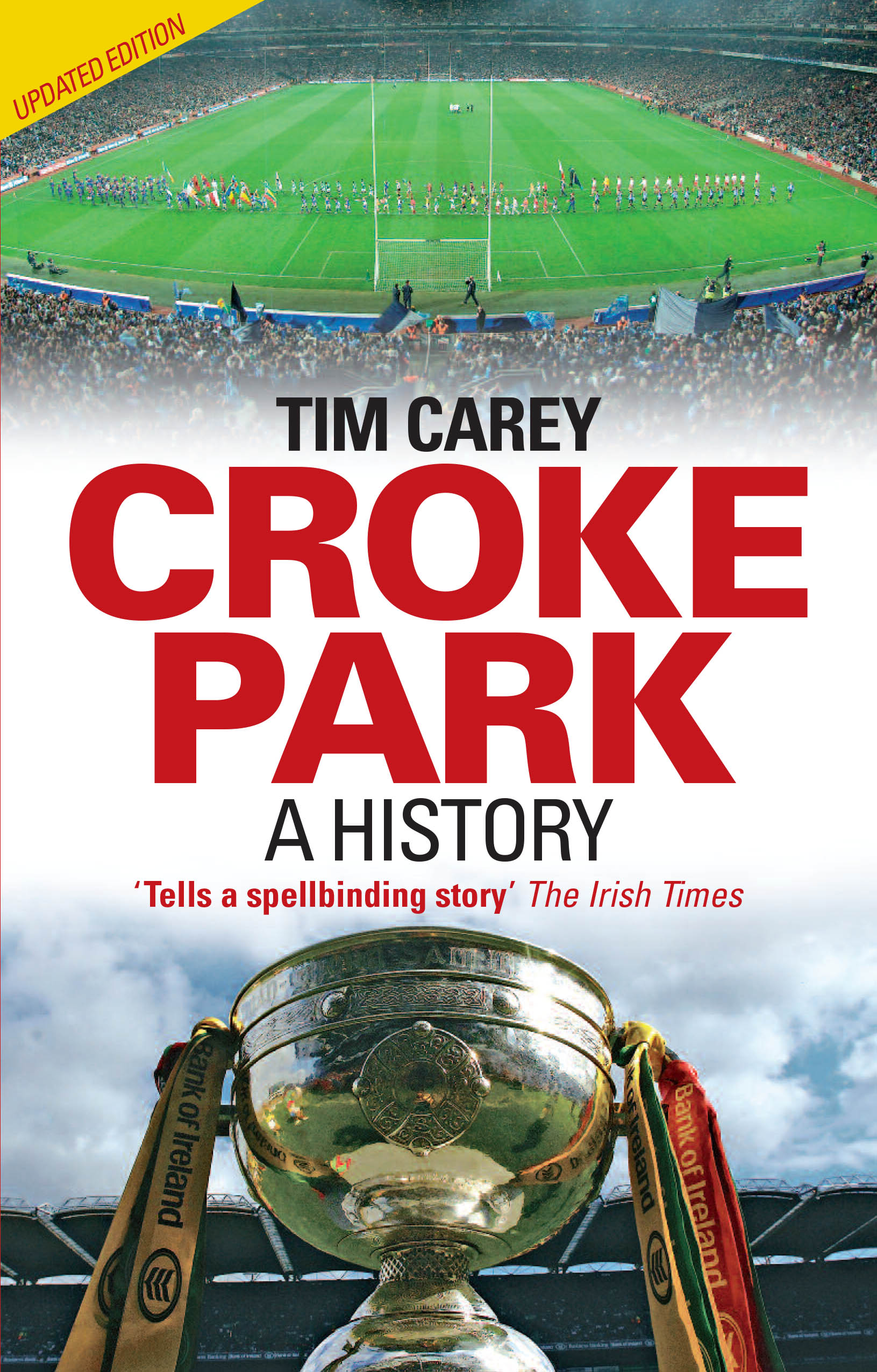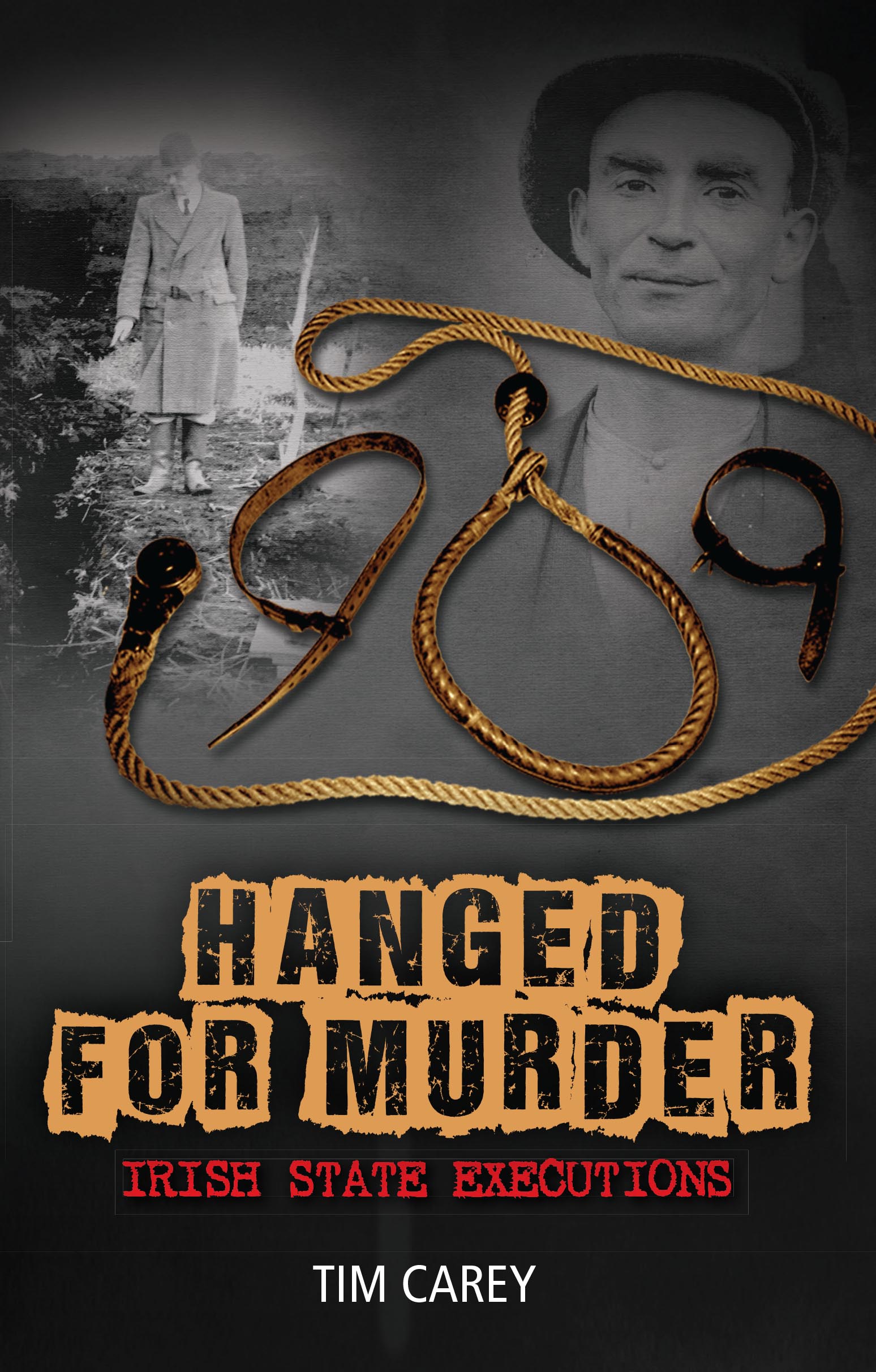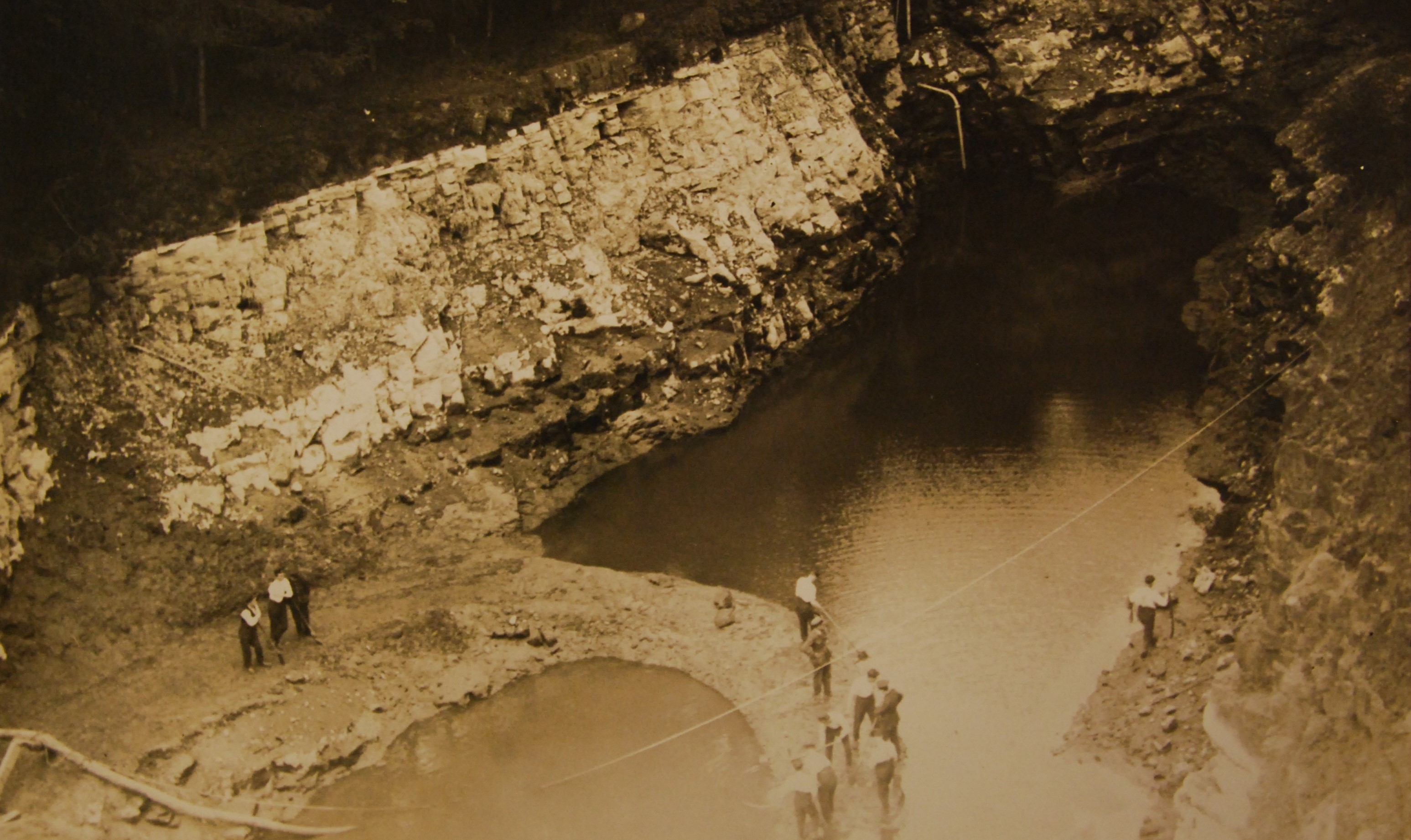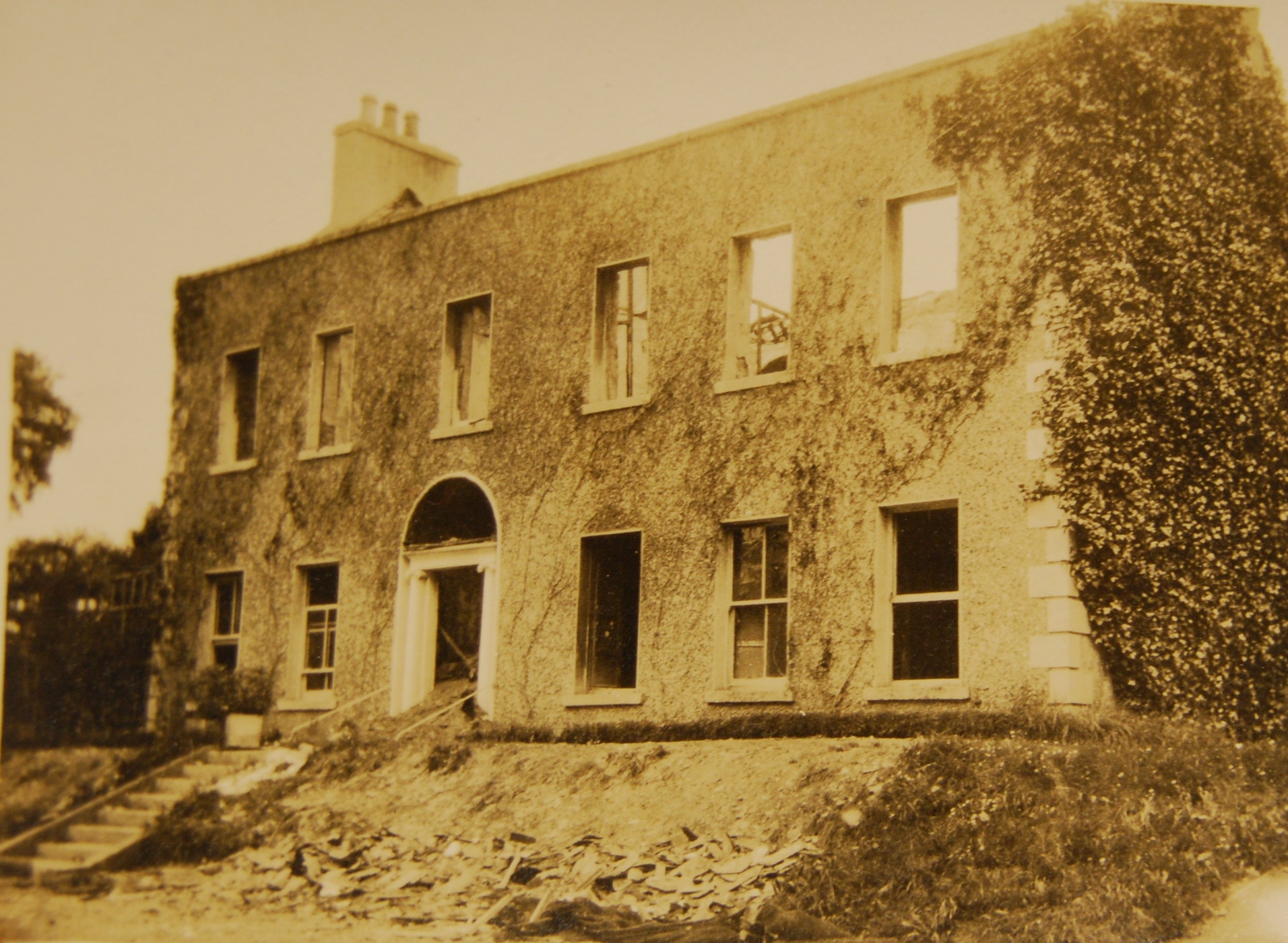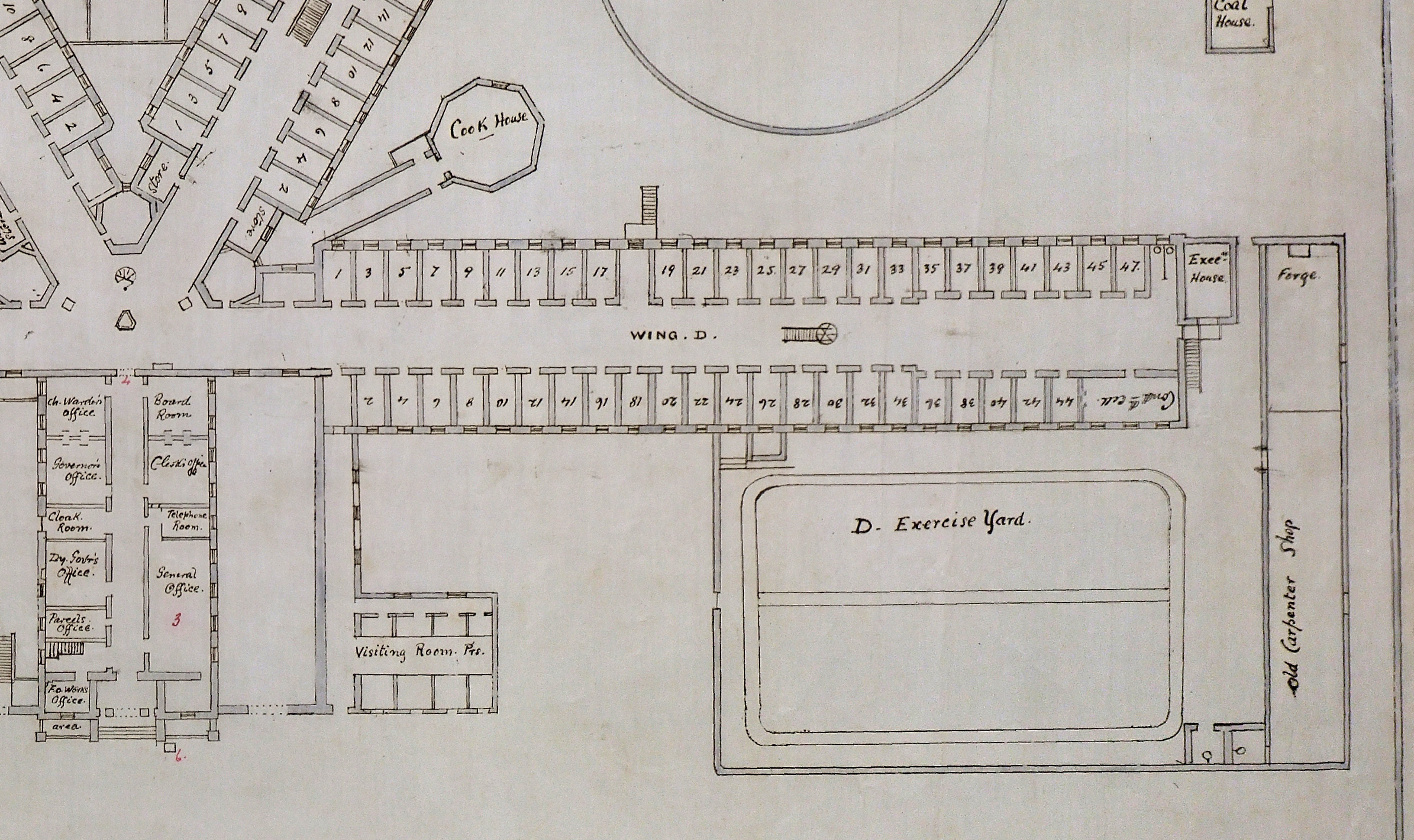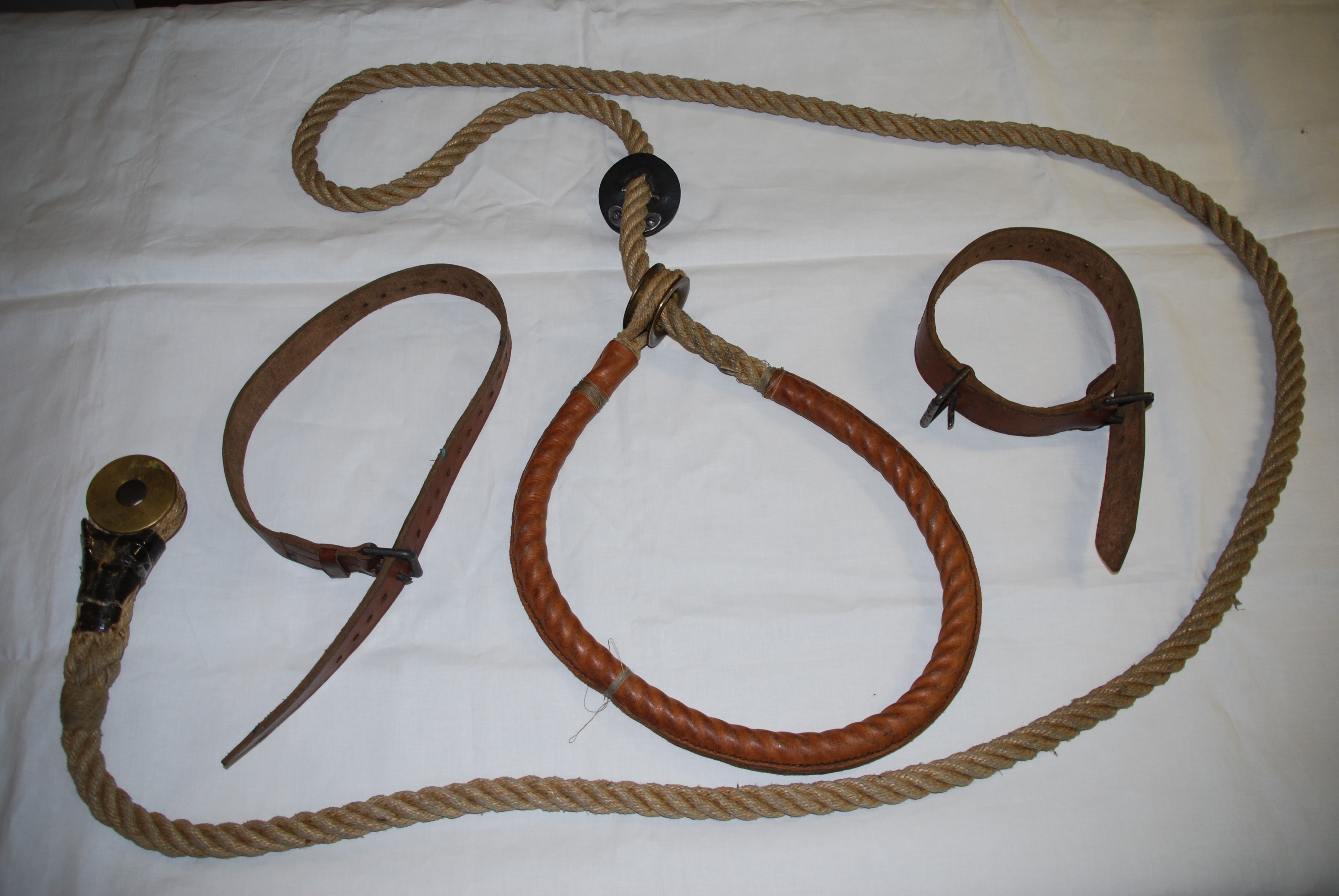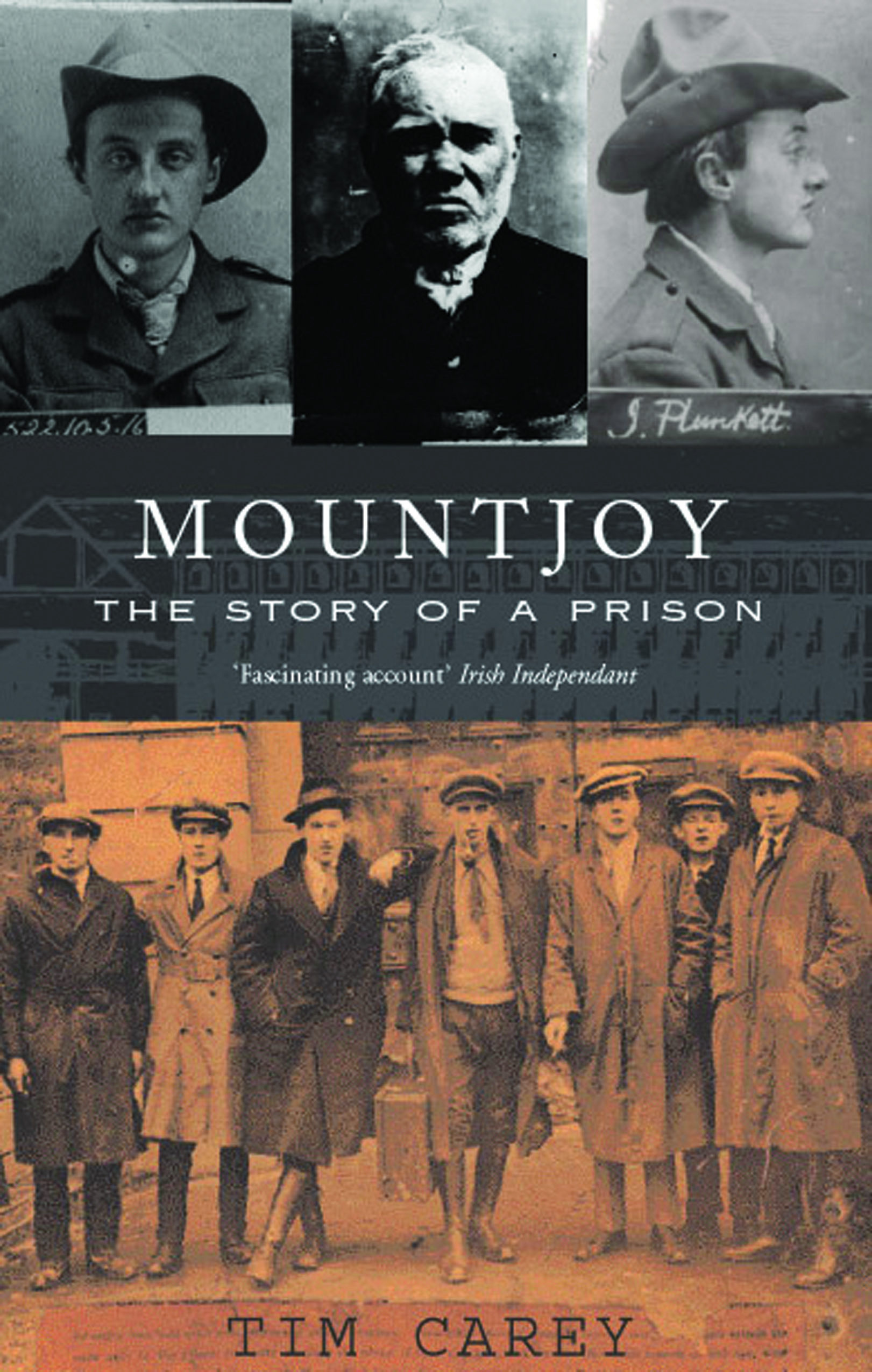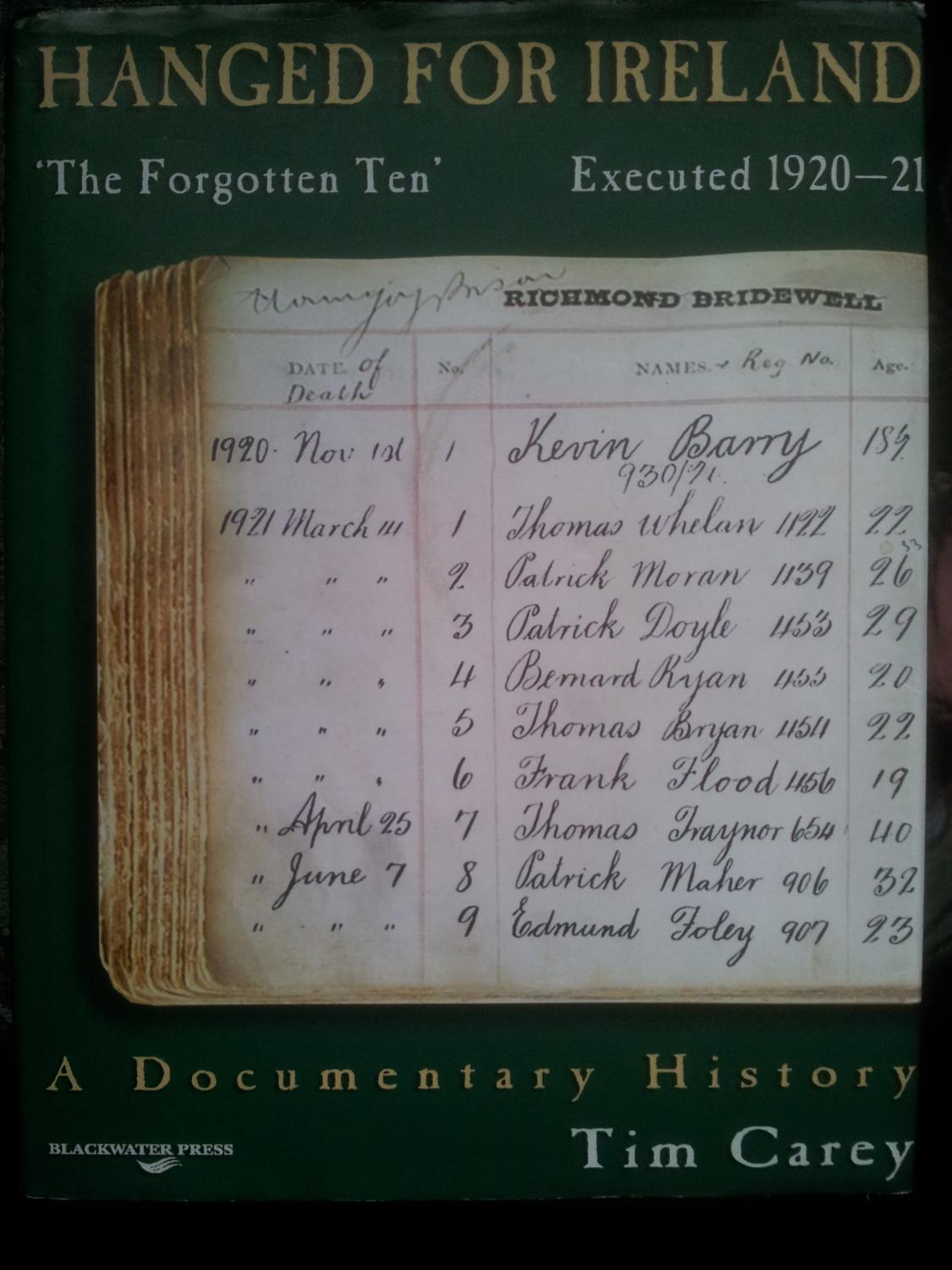When the GAA purchased what became known as Croke Park in 1913, they cannot have imagined it would become the third largest stadium in Europe, host over 80,000 people at international rugby and soccer matches and become an icon in Ireland’s national consciousness. Here is the story of ‘Croker’ from the beginning, featuring great games, personalities, dramas and non-GAA events. Reminiscences by renowned players, officials and others add colour to the history. The magnificence of the stadium and its past is reflected in the fine collection of photographs and illustrations. This updated edition includes new material on the historic visit of Queen Elizabeth II, the effect of the end of the Celtic Tiger economy and the challenge presented by the new Aviva Stadium.
Irish Independent
“Tim Carey…performed a true gaisce when he produced a book which subtly blends scholarly research with breezy personal anecdote and tells a compellingly honest account of the most precious pairc in Ireland.”
